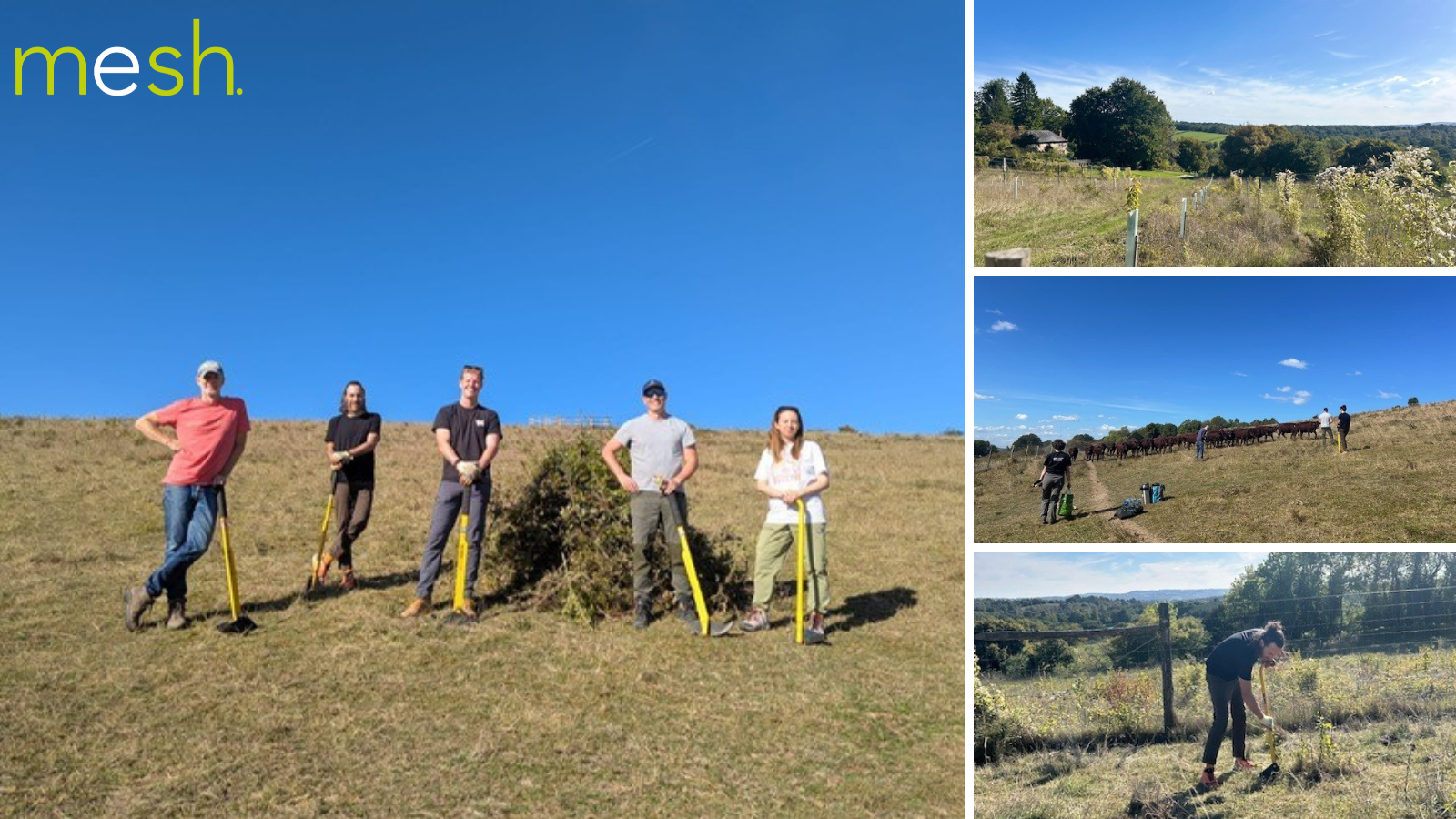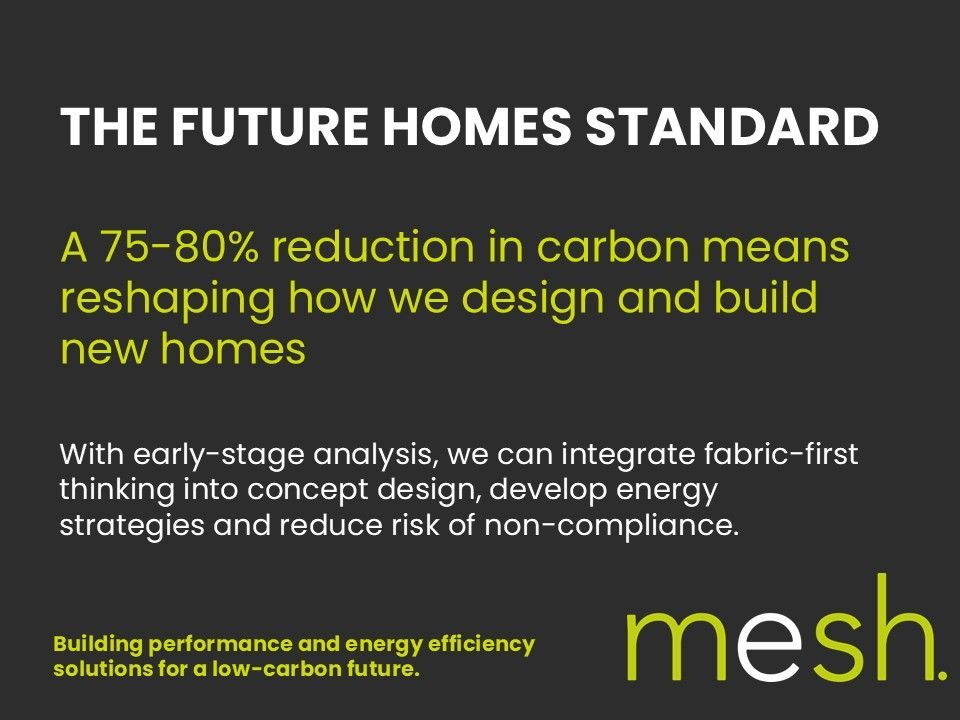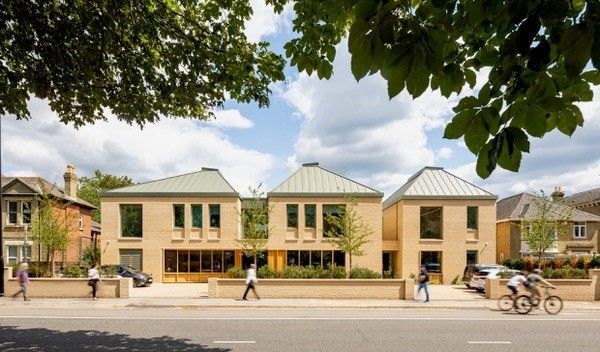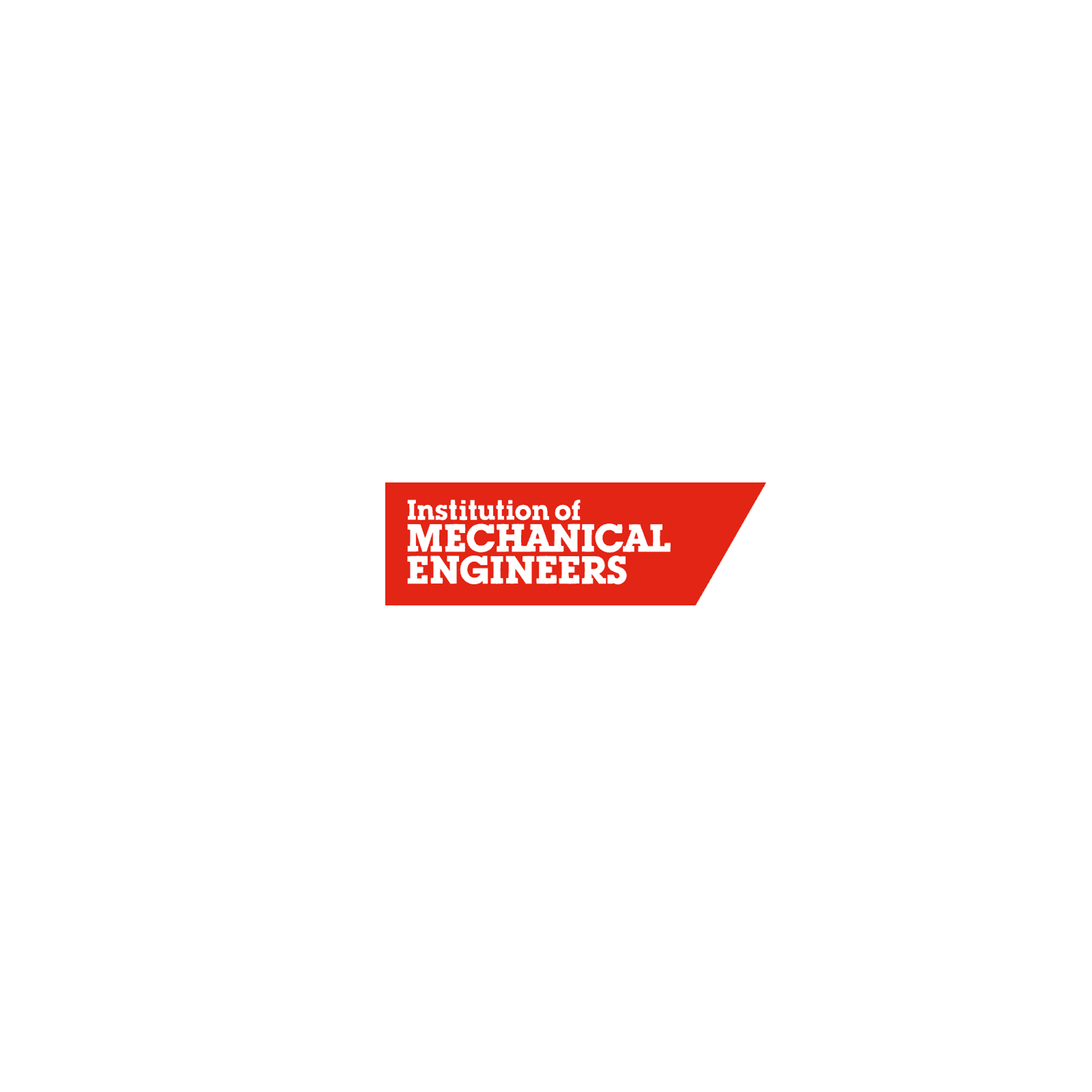Thinking about installing a heat pump? Don’t forget this critical service!
With all this talk of sustainability and energy efficient buildings, you may have made the decision to incorporate heat pump technology into your home, office or commercial project. If so, that's great news and you will be joining more and more people in doing so. It is estimated that 600,000 heat pumps will be installed per year in the UK alone by 2028.
Great stuff! But have you ever stopped to fully consider what is powering this fancy low-carbon technology. Well some will roll their eyes and be muttering under their breath “Electricity, you idiot!” and indeed they would be right. But it leads me onto my next more thought provoking one… How much do they use and have you got capacity?
At this point, people start scratching their heads and Googling relevant search queries, or scrabbling around for product data-sheets. So, in this week’s blog we will endeavour to explain in more detail some of these answers and how to plan for a more smooth heat pump installation.
Heat pumps: have you got capacity?
At the end of the day, heat pumps are electrical devices and depending on the time of year, how hard they have to work and whether they are air or ground source heat pumps with differing efficiencies, electricity usage can fluctuate. The key point here is that it varies and, as heat pump systems get bigger, they require more electrical power than you may think; this must be considered in full early during the project planning phase.
Heat pumps have a key component, the compressor, which is the main user of electricity and invariably there are other control boards and immersion heaters that help the system at certain times too. Most ground source heat pumps always run at full capacity (although there are now variants that are inverter driven) and tend to start with an electrical spike and then settle down into a steady running current. Air source heat pump compressors start at about 1/3 of their total capacity and then steadily increase in load as more work is required of them.
Depending on the size of the building being heated this can add quite a load to the consumer unit. Taking an average 200 square metre floor area home built to decent energy efficient standards, the likely heat pump size might be 9-10kW. This results in a 3kW load on the building electrics as well as likely 3kW immersion heater for the hot water.
Budget blown?
Many buildings now are also thinking of putting in electric vehicle charge points, typically 7kW in size which will charge a fully electric car in about 6 hours.
When you consider all of these items in a home they soon add up!
- Electric cooking = 32A
- Electric vehicle charging (7kW) = 32A
- Heat pump and immersion (6kW) = 26A
- Lights and power (all floors) = 40A
The point is that most homes have single phase electricity and between 80-100A of load capacity for the entire home. So for existing houses with around 200sqm in floor area a heat pump would require about 25% of the available power to the home during winter.
For larger, particularly rural homes they have exactly the same power available but need much larger heating systems. Combine with that the other electrical demands on the home such as electric AGAs, electric vehicle charging, electric showers, immersion heaters, electric hobs and ovens you can quickly find yourself in a sticky situation.
Indeed for many houses over 300sqm it makes sense to investigate 3-phase electricity for two reasons:
- A 3-phase supply will provide approximately three times the power of a similar single phase supply giving you much more available capacity.
- Heat pumps above a certain size are no longer manufactured to run on single phase electricity due to efficiency. As a result instead of installing multiple smaller units it becomes more cost effective to install one 3-phase unit.
For the uninitiated, upgrading your electricity supply may not seem such a big deal and the on-site electrician can sort out during construction. Right? WRONG!
This single assumption has caused a great deal of surprise, frustration and budgetary surprises on past projects. Costs of upgrading power supplies to buildings can be eye watering in some cases. We have seen prices from £1,000 to £250,000 to upgrade electricity supplies to buildings.
The solution to get clarity on what this figure might be and whether it compromises your energy strategy, is to work out with your electrician what you will be using for the remainder of the home and discover what the remaining capacity of the power supply to the home is. From this point you can discover whether a heat pump will work on this remainder.
A simple request to the District Network Operator (DNO) can reveal what it will cost to upgrade. Prices often come back in a few weeks once requested.
This element of sustainable construction is a greater risk than many other considerations and can be a budgetary ‘show-stopper’. Understand the costs early in your project and work with your design team to engineer a solution if too high.
If you have any questions about heat pump installation, please don't hesitate to
contact the Mesh team today.
SHARE THIS POST WITH YOUR NETWORK


